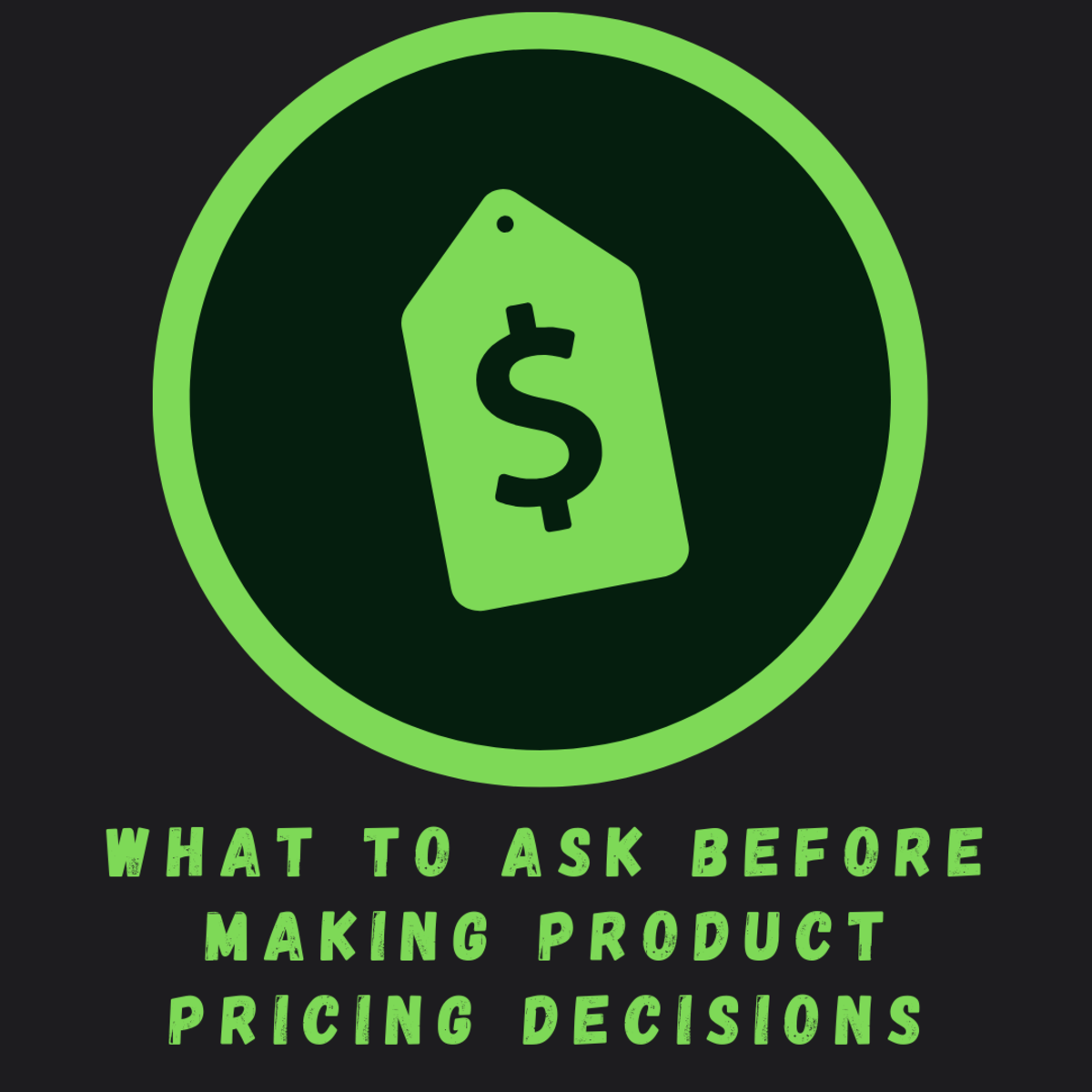Pricing policies and Methods- A marketing Strategy mix
A company has to have a pricing policy (or strategy) that can serve as a guideline for management in making decisions. In this regard, the company can choose between the following:
1. Penetration pricing: Here, the company charges a low price initially in order to create a large sales volume and achieve the maximum and quickest penetration of the market. The intention of charging a low price initially is to expand the market and keep it exclusive and unattractive to competitors. The aim is to build up the largest sales volume possible and thus maximize the economic benefit of large scale production. The price is eventually raised when the product had become well known and accepted and potential competition has disappeared.
A penetration price is most suitable if:
(i) The product is new and low introductory price will lead to huge sales and a quick recouping of the initial investment
(ii) Sales are sensitive to price even in the early stages of introduction
(iii) A large market exists and high sales volume will create economies of large scale production
(iv) The product can easily be imitated by competitors and thus faces a powerful imminent competition immediately it is introduced. With a low price; potential competitors may disregard the product and the economic opportunity it offers and so may be discouraged from entering the market.
2. Skim the cream pricing: This is the opposite of market penetration. Here, the company charges a high price at the time the product is introduced and later reduces the price when competition had become intense and the product is no longer unique or novel. The aim is to “cream” off the market and maximize profit in the shortest time possible before competitors emerge or substitutes are developed. Skimming policy requires a large promotional expenditure to make it successful.
Skim the cream pricing should not be confused with market skimming which is a comprehensive term used to describe the exploitation of only the prime market segment of a product’s or company’s market place which is either the most profitable, the least costly to reach or one that requires the latest amount of available resources.
3. Cost plus or mark-up pricing: Here, total cost are calculated and a margin is added to the costs to provide an expected profit per unit. The price is determined by adding some fixed percentage to the unit production and distribution cost of the product without reference to prevailing demand conditions.
4. Target-profit pricing: Here, the price is set with the aim of achieving a target percentage profit or rate of return on the capital employed. For instance, a target rate of 20% may be set for the products of a company. This means that all the products of the company will be sold at 20% profit so that even if some of the products are capable of attracting higher profit levels or being sold at higher prices, the products will still be sold at a price which will achieve only 20% profit on them.
5. Demand oriented pricing: Here, prices are lowered or raised depending on the volume of demand. The company is able to sell all that the market can absorb. However, the price may not reflect the cost of the product.
6. Competitive parity pricing: Here, prices are set in line with those prevailing in the market especially those price levels set by the industry leader. This policy is best used by new companies entering an industry in which there are well established competitors or market leaders. The new company may have no choice but follow the price set by established leaders. If it falls to follow the leader (for instance, if it sets a price that is too low) the leader may initiate a price war by setting a ridiculously low price that will rock the boat of the business of the new entrant.
The flaw in this approach is clear. It does not consider changes in the firm’s own costs and demand. If production and distribution costs increase, these will not be reflected in the price charged as long as the policy is to charge the price that competing firms are charging. On the other hand, if competitors increase their prices, a competition-oriented pricer will increase his price even if the production and distribution costs remain the same or have fallen.
7. Loss-leader pricing or promotional pricing: Here, a popular product is deliberately priced low in order to attract a large number of buyers who are expected to buy the less popular products of the firm. The very popular and the less popular products are sold together. The aim is to sell the entire product-line rather than to make a big profit on the popular product itself.
Pricing policies and practices should be dynamic, flexible, kept under review and adjusted from time to time in order to reflect and accommodate changes in costs, demand, competition, discounts, the stage in the product’s life cycle and the objectives and internal resources of the company.







